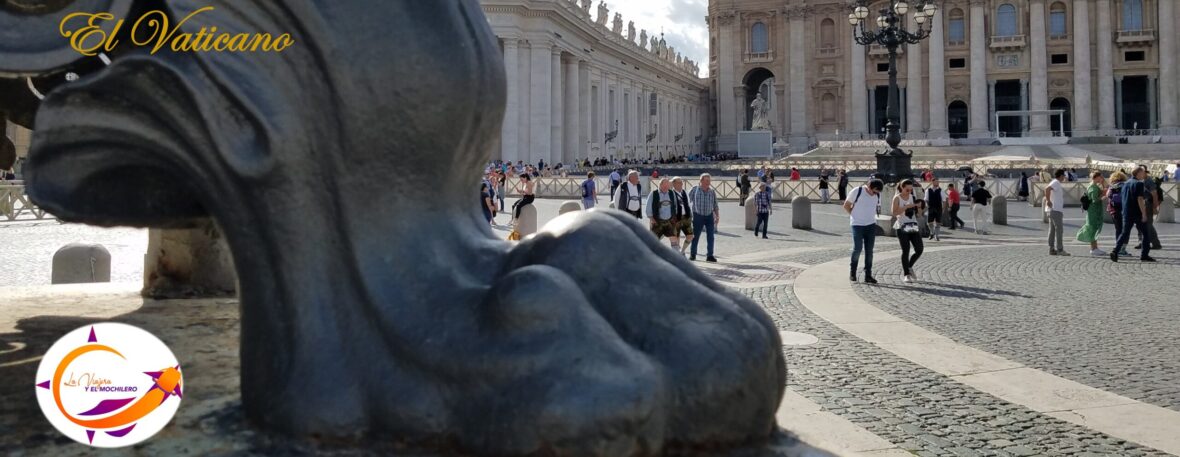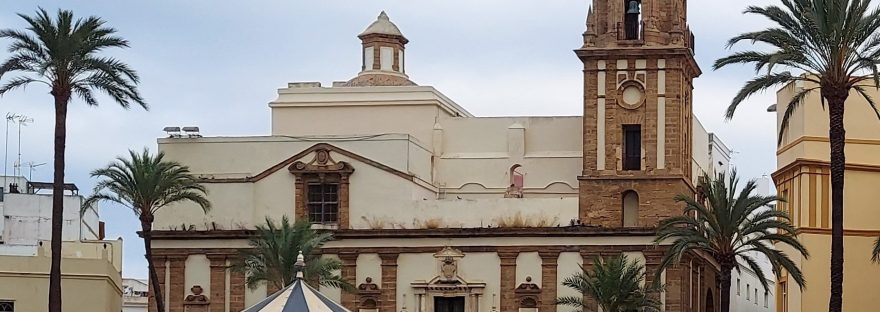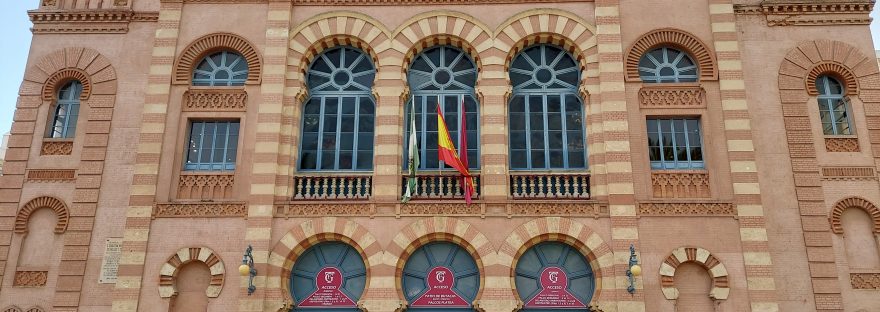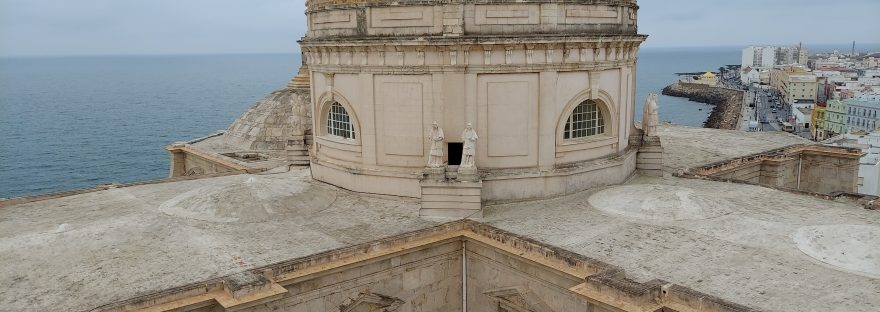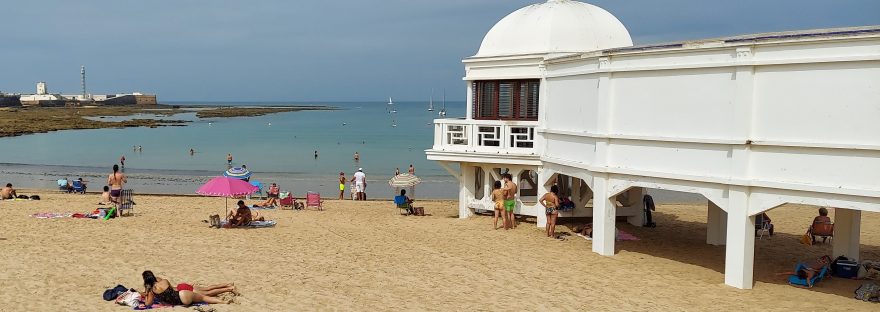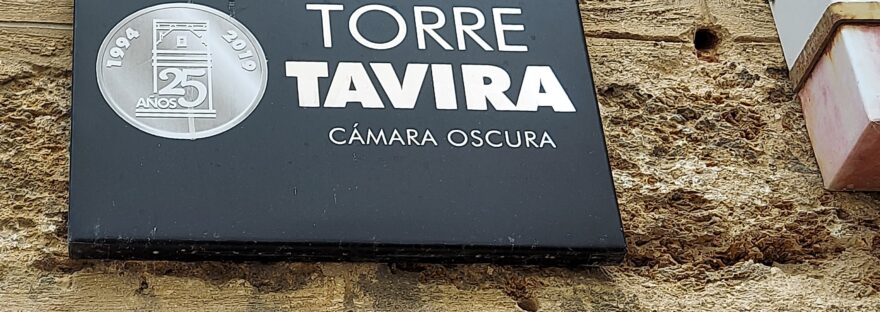Upon arriving at the Catedral Square in Cadiz, Spain, we find the Church of James the Great and Apostle. A small church that contrasts greatly with the Cathedral, which became a Jesuit temple in 1564. It was the seat of the College of the Society of Jesus in this city, of which now only the church remains. This as a result of the assault and sacking of the city of Cadiz, in 1596 by the Anglo-Dutch troops commanded by the Earl of Essex. The College was left in such a bad state that the original temple was rebuilt in 1635 by Alonso Romero in Mannerist style. Its construction lasted twelve years. Continue reading “James the Great and Apostle Church of Cádiz”
Category: “Cadiz”
Falla Grand Theater of Cadiz
The Falla Grand Theater, of neo-Mudejar style, stands out unmistakably in the Fragela Square in Cadiz, Andalusia, Spain. Its construction began in 1884, on the site of the old Grand Theater of Cádiz, built in wood in 1871 that burned down in 1881. Continue reading “Falla Grand Theater of Cadiz”
Cathedral of Cadiz
Our interest in getting to know the Cathedral of Cadiz began with its dome, that golden dome that caught our attention with every photo shared through-out the cyber world. Always near the sea and visible from all points of the city. Continue reading “Cathedral of Cadiz”
The Caleta Beach of Cadiz
It is the only beach located in the historic center of Cadiz and the smallest of the whole city. Located in the neighborhood of “La Viña”, the Caleta Beach is very popular among the people of Cadiz and among all those who visit it to enjoy the sun and cool off from the summer heat.

The Caleta Beach is a strip of fine golden sand about 450 meters long and at low tide can have a maximum width of 50 meters.
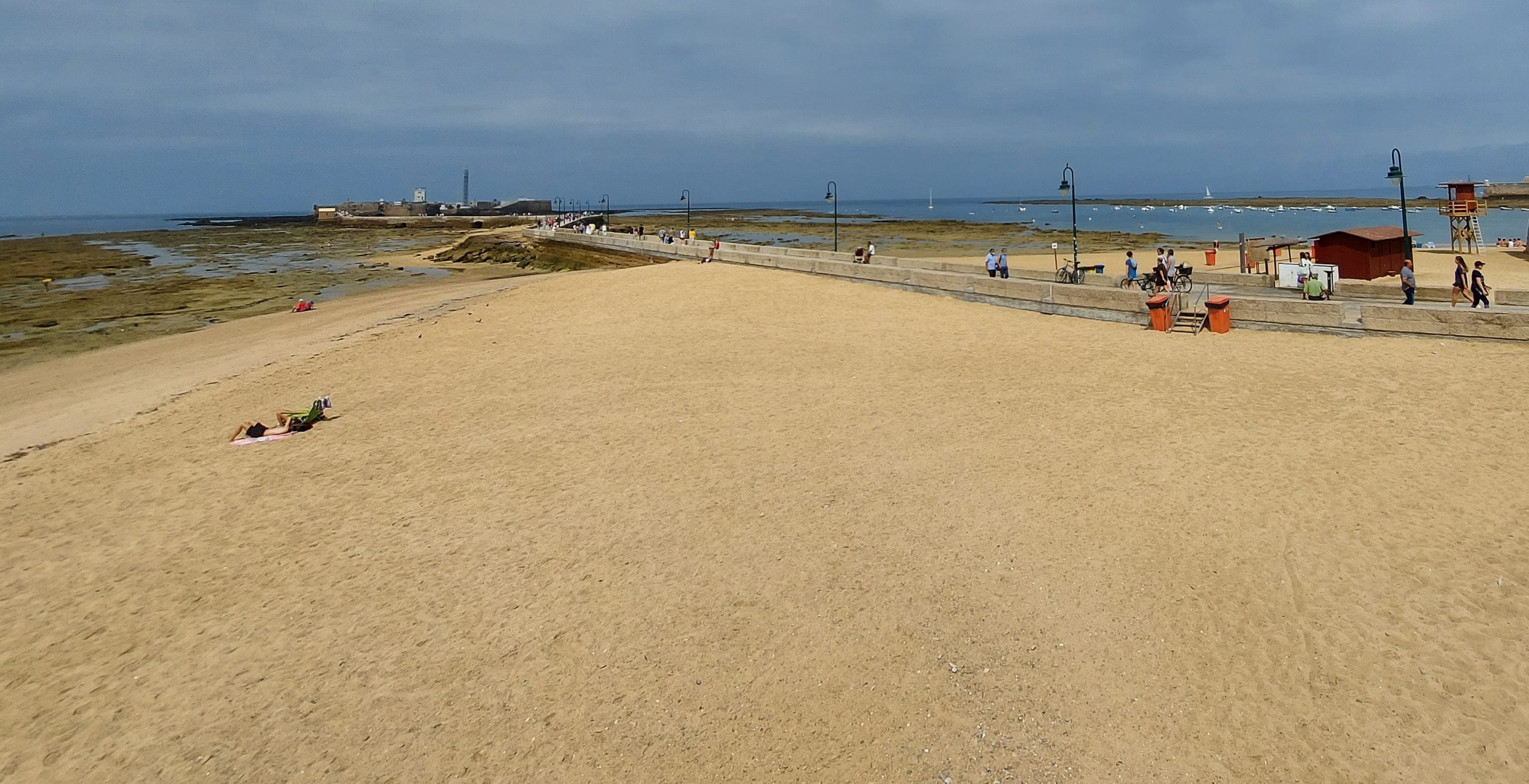
It was a natural harbor that served as a base for commercial operations in this area of the Iberian Peninsula. Each in its time, Phoenician, Carthaginian and Roman ships docked next to the channel that separated the archipelago from the islands of Erytheia and Kotinoussa. These islands made up Cadiz at that time. Thus, the current beach became a natural harbor between the two islands, separated by only a few hundred meters. Over the centuries, this channel was closed, forming the current shape of Cadiz. But the Caleta Beach continued to be an anchorage for small and medium-sized ships. And today, small fishing and recreational boats continue to moor there.
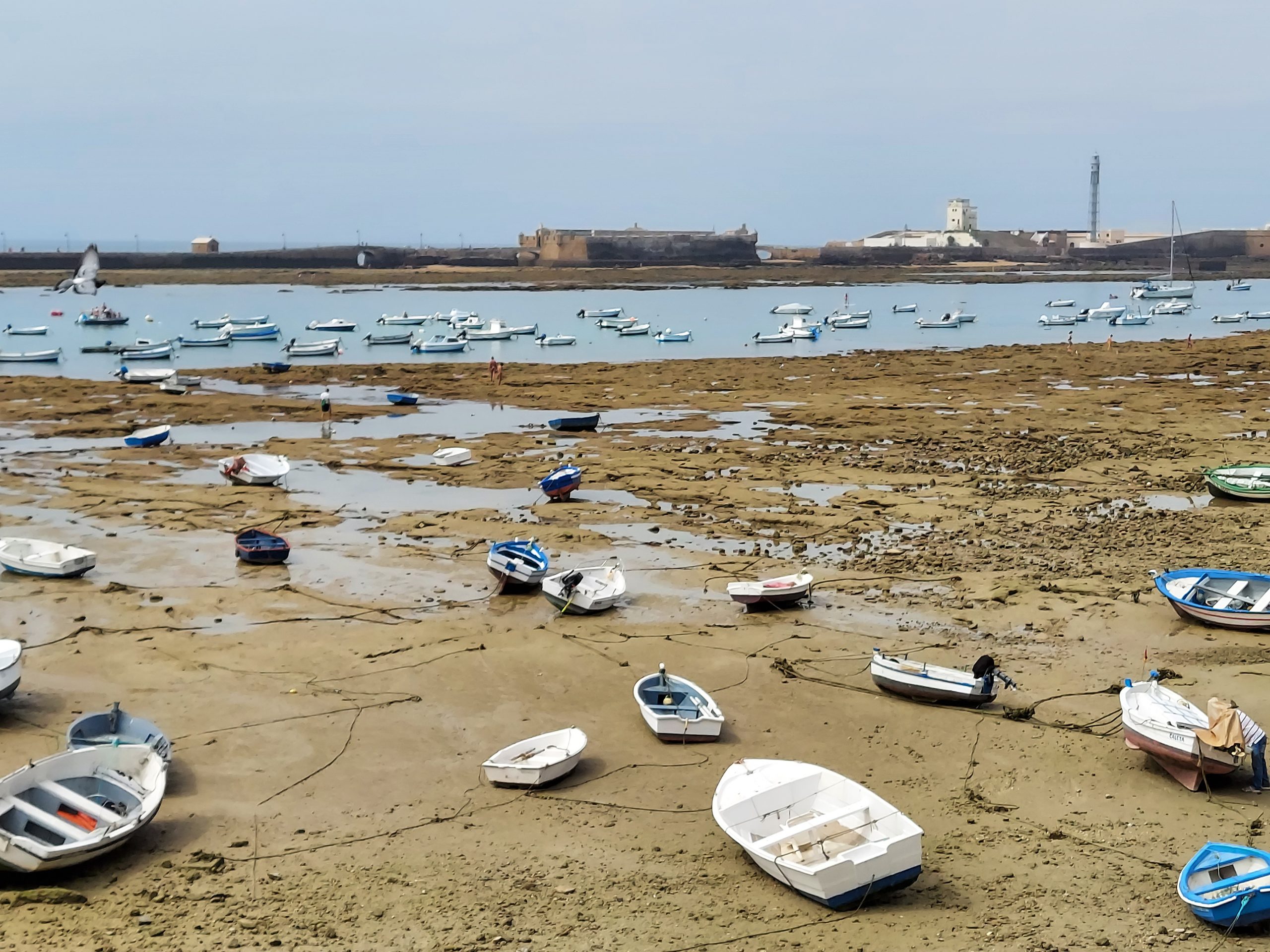
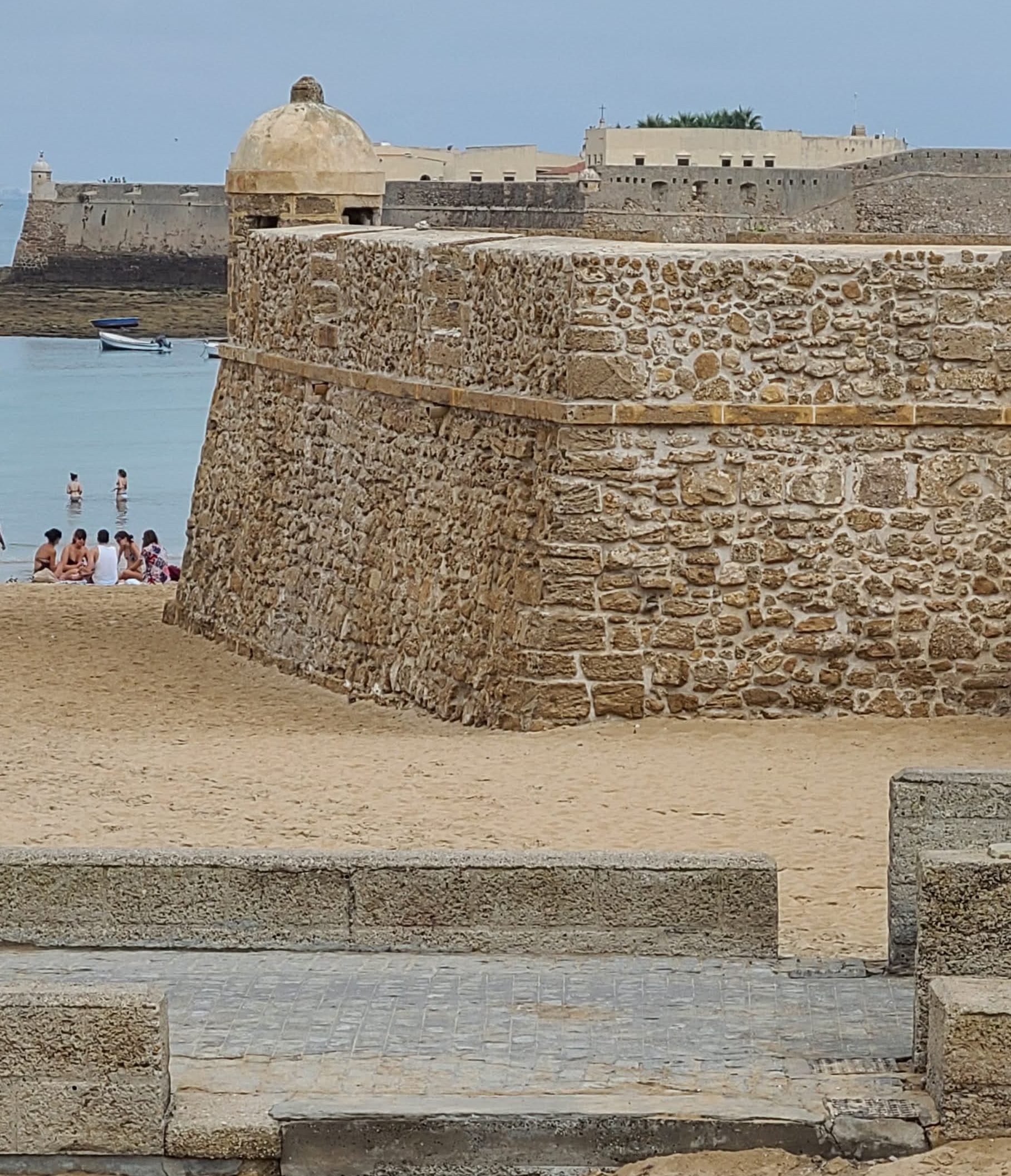
After the Anglo-Dutch invasion of Cadiz in 1596, it was decided to fortify the city, surrounding it with walls and building several fortifications in 1676. The beach is still surrounded by these walls, preserving the “Puerta de La Caleta”, which is part of the bastion of “Orejón”, and to its right was the bastion of Saint Paul and later Saint Peter, of which there still remains a sentry box. In 1860 the castle’s defenses were improved and a seawall was built to link it permanently to the city from the gate of “La Caleta”, today’s “Paseo Fernando Quiñones”.
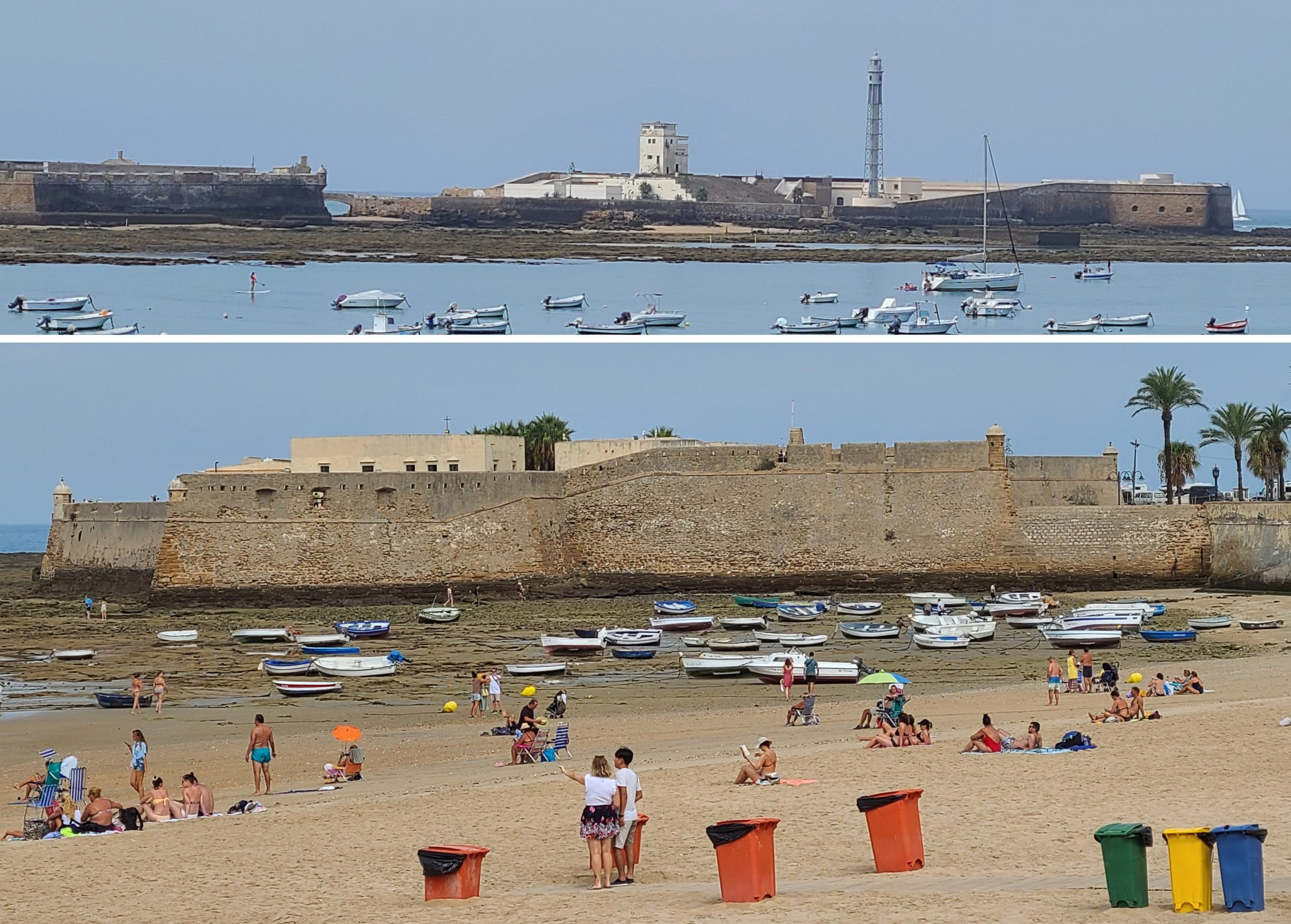
The Caleta Beach is framed by two fortifications, located on their respective jetties or breakwaters formed by large rocks: the castle of “San Sebastian” of 1706, with its powerful metal lighthouse, and the castle of “Santa Catalina”. The latter, built at the end of the 16th century, has a pentagonal floor plan, with star-shaped points jutting out into the sea.
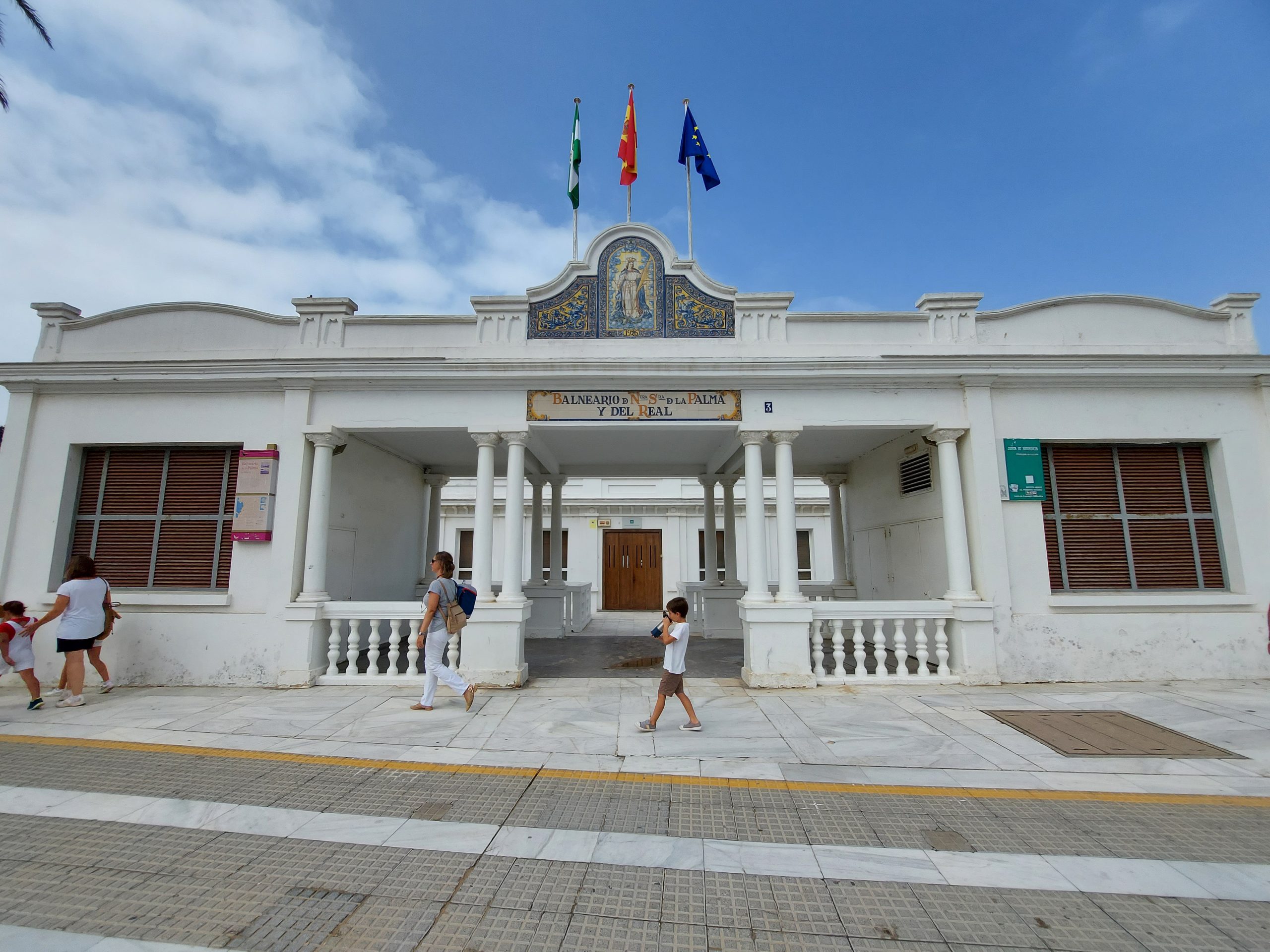
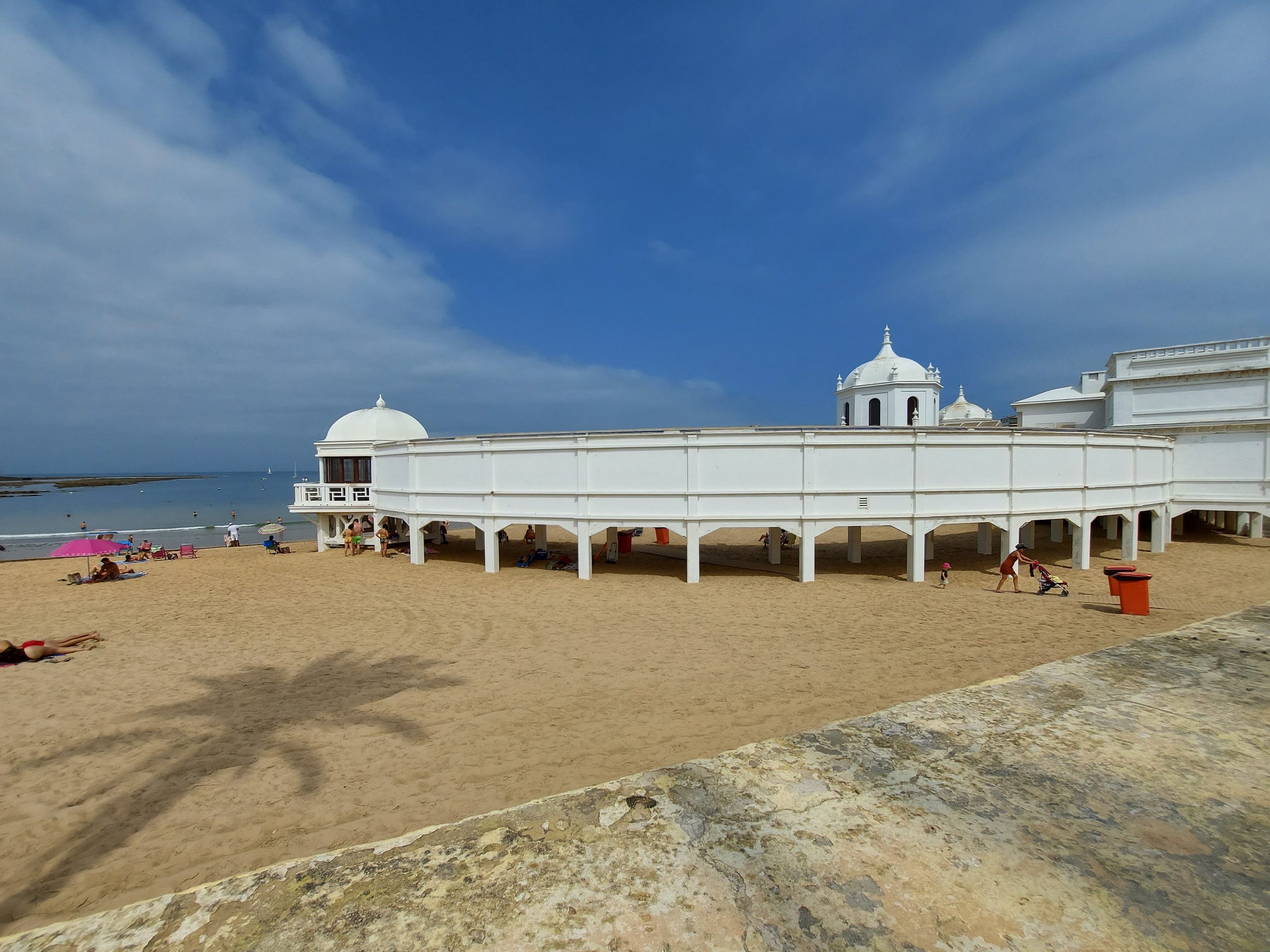
It was at the beginning of the 19th century that the “Balneario del Real” was built, a wooden structure created for the enjoyment of the people of Cádiz. After a century of use, the “Diputación” ordered its demolition due to its poor condition. In 1926 a new masonry one was inaugurated under the name of “Balneario de Nuestra Señora de La Palma y del Real”. It was in 1990 that it was declared an Asset of Cultural Interest by the “Junta de Andalucía” and was restored again, and is currently the Center for Underwater Archaeology. It is precisely here where bathers protect themselves from the intense summer sun.

The Caleta Beach of Cádiz, as long as the weather is good, is the ideal place both to contemplate the sunset, to sunbathe, take a walk or share among friends.
Resources:
- https://es.wikipedia.org/wiki/Playa_de_La_Caleta_(C%C3%A1diz)
- https://www.tudestino.es/andalucia/provincia-de-cadiz/cadiz-capital/sugerencia/playas/playa-de-la-caleta/
- https://www.barcelo.com/guia-turismo/es/espana/cadiz/que-ver/playa-de-la-caleta/
Cádiz, the Tavira Tower and its Camera Obscura
We had not yet had the experience of visiting a Camera Obscura (also known as a Dark Chamber or Dark Camera), and so we include it in our list of places to visit in Cadiz. In fact, the Camera Obscura of Cadiz is one of nine that exist in Spain. Continue reading “Cádiz, the Tavira Tower and its Camera Obscura”
